Casual clothes have changed a lot over time, becoming a significant part of our daily lives. It’s fascinating to explore how these outfits have evolved, reflecting the shifts in trends and attitudes.
The 1950s: A Neat and Nice Beginning
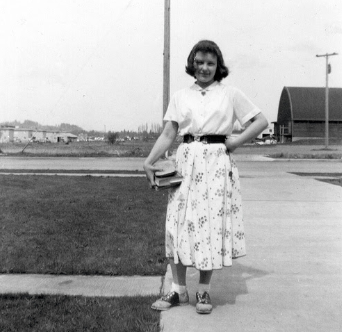
In the 1950s, casual wear took a turn towards neatness and niceness. Women favored full skirts and dresses that accentuated their waistlines. The fashion of this time reflected a desire for a polished and refined appearance. It was an era when people were recovering from the effects of war, and a sense of optimism influenced their clothing choices. Casual wear started becoming a means of expressing a more put-together look in everyday life.
The 1960s: Express Yourself with Short Skirts
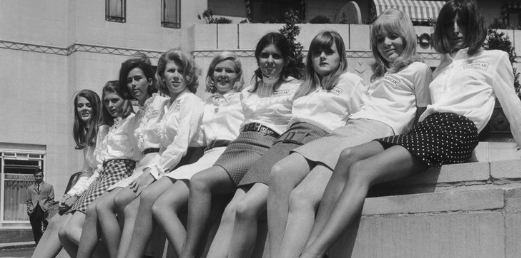
Moving into the 1960s, casual wear underwent a transformation influenced by youth culture. Short skirts, particularly the miniskirt, became a symbol of rebellion and self-expression. The hippie movement gained popularity during this time, introducing the bohemian look characterized by flowy clothes and diverse patterns. Casual wear became a canvas for personal expression, with individuals using their clothing to showcase their unique style and perspective.
The 1970s: Emulating Star Styles and Sporty Trends
In the 1970s, casual wear took inspiration from celebrities, with people keen to emulate the styles of their favorite stars. Bell-bottom pants and colorful shirts became widespread, and sporting shoes under pants emerged as a new trend embraced with enthusiasm. The era marked a shift towards more diverse and relaxed clothing choices, with casual wear becoming a way to mirror the fashion choices of admired figures.
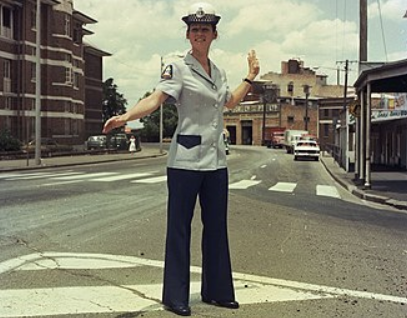
You can see a picture of Constable Diana Hotchkis of the Queensland Police Service modeling the new female summer uniform, which consists of a light blue safari jacket with dark blue pockets and bell-bottom slacks, from 1979.
The 1980s: Power Dressing for the Working Women
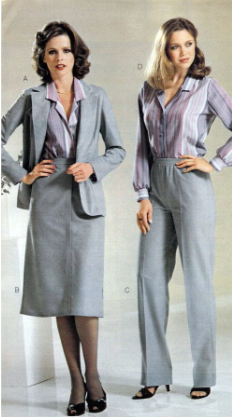
The 1980s witnessed the rise of power dressing, a trend influenced by the increasing number of women joining the workforce. Casual wear started to reflect the assertiveness and confidence of women, with sharp lines, bold colors, and shoulder pads becoming the norm. The fashion of this period demonstrated that casual wear was not just about comfort but also about projecting power and professionalism in the working world.
The 1990s: Relaxed Grunge Takes Over
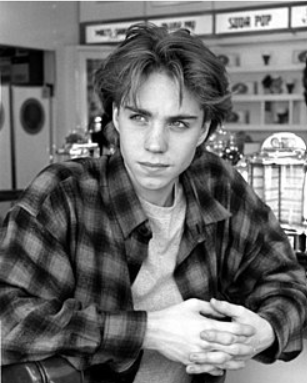
As we stepped into the 1990s, a more relaxed approach to casual wear emerged. The grunge era introduced a laid-back and comfortable style. Flannel shirts, ripped jeans, and combat boots became symbols of a generation embracing a non-conformist attitude towards fashion. Casual wear transformed into a means of expressing a more carefree and relaxed way of life.
You can see a picture of Jonathan Brandis in a grunge-style flannel shirt with curtained hair in 1993.
The 2000s: Athleisure Blurs the Lines
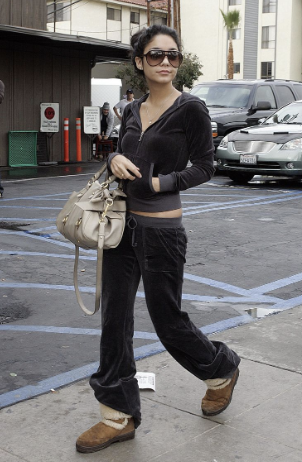
The 2000s witnessed the rise of athleisure, a trend that blurred the lines between casual wear and sportswear. Comfort took center stage, and items like yoga pants and leggings became everyday staples. This period marked a shift towards a more active and health-conscious lifestyle, with casual wear adapting to the demands of the modern era.
The 2010s: Streetwear and Individual Expression
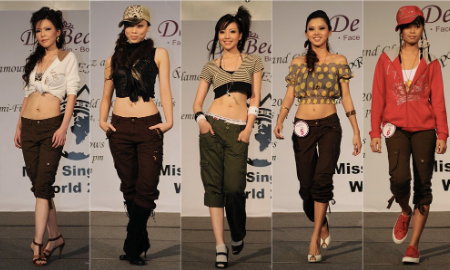
Streetwear took the forefront in the 2010s, influenced by hip-hop culture. Oversized clothing, hoodies, and sneakers became essential elements of casual wear. People used their clothing choices to express individuality and align with a cultural movement. The fashion landscape became more diverse, allowing for a range of personal expressions through casual wear.
The 2020s: Sustainability in Focus
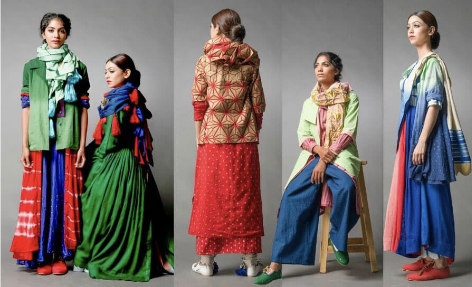
In the current decade, the 2020s, there has been a notable shift towards sustainable fashion, and casual wear has adapted to this trend. Eco-friendly materials and ethical production practices have become more common, reflecting a growing awareness of environmental issues. The emphasis is not just on looking good but also on making conscious choices that benefit the planet.
Conclusion: A Tapestry of Change and Expression
In conclusion, the evolution of casual wear through the decades is a fascinating journey through changing times and trends. From the polished looks of the 1950s to the rebellious spirit of the 1960s, the glamor of the 1970s, the power dressing of the 1980s, the relaxed grunge of the 1990s, the athleisure of the 2000s, the streetwear of the 2010s, and the sustainability focus of the 2020s, casual wear has continuously adapted to the changing needs of society.
Casual wear is not just about looking good; it’s about expressing individuality, comfort, and adapting to the values of each era. This journey through the fashion landscape is a testament to the dynamic nature of clothing choices and their ability to mirror the cultural shifts and personal expressions that define our times. As we move forward, casual wear will likely continue to evolve, reflecting the ever-changing tapestry of our lives.
